
EXPLORE OUR WORLD
ROOTS OF CAVA
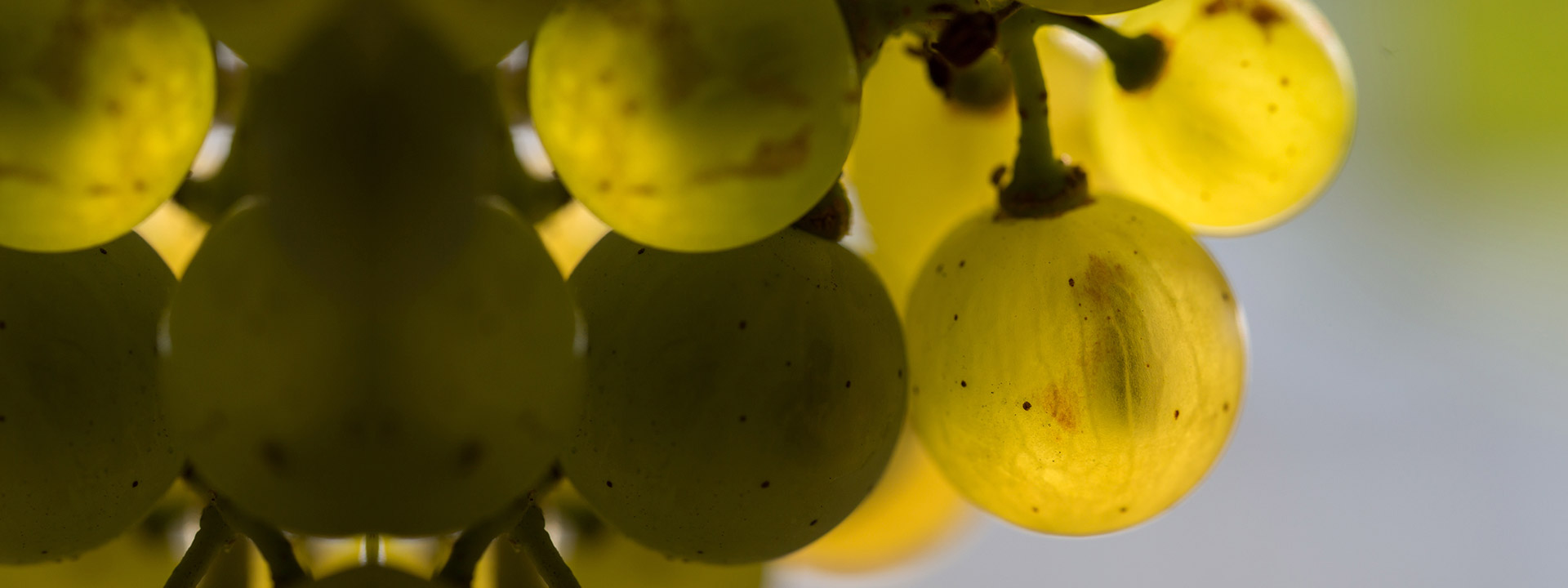
HISTORY OF CAVA
Cava is a sparkling wine from Spain, made with grapes largely from Catalunya, spanning the coast, flatlands and mountains. Farmers work to harvest grapes at perfect maturity, before they are crushed and made into Cava using the traditional method used by great sparkling wines of the world.
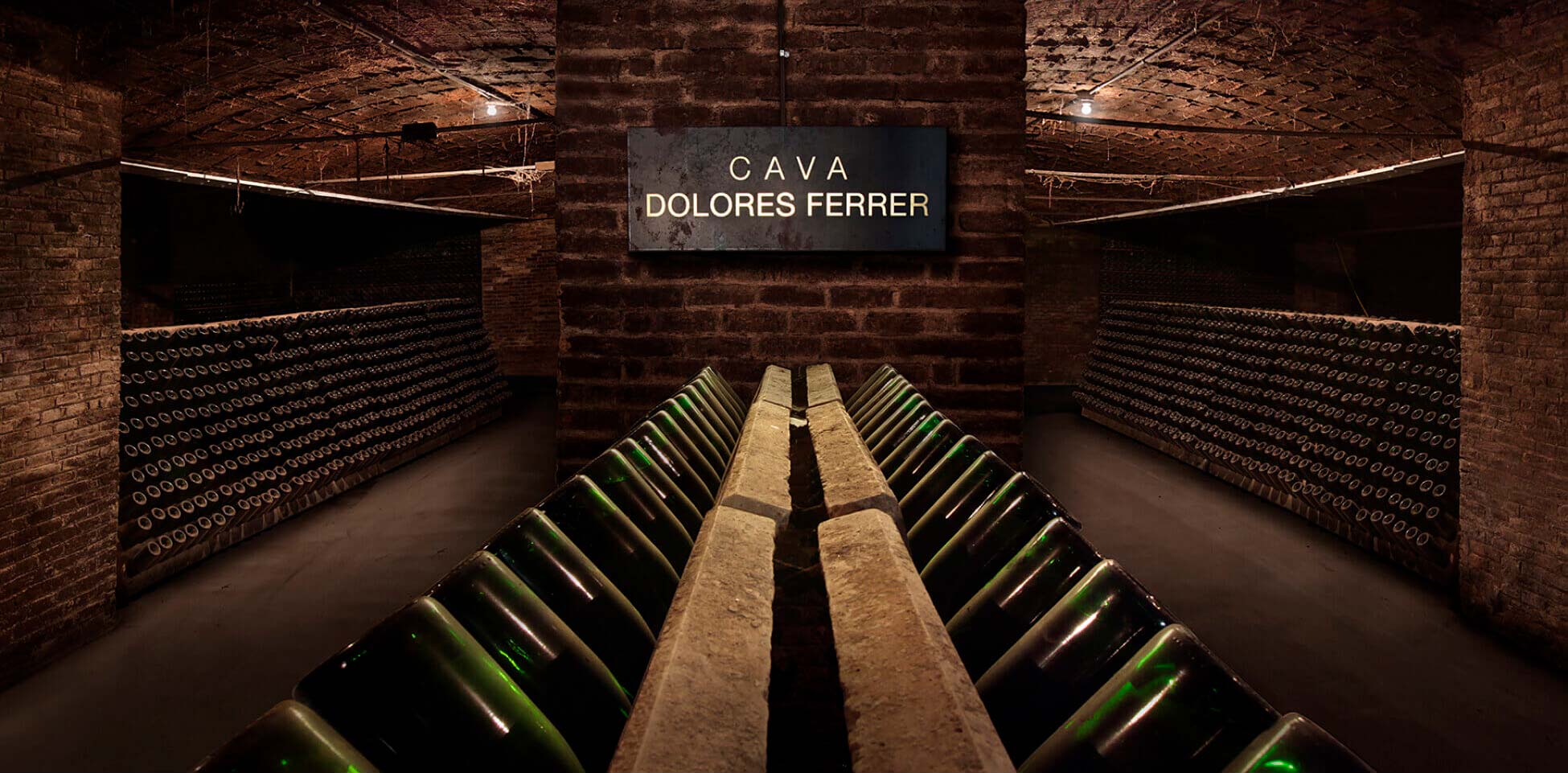
HOW CAVA IS MADE

VENDIMIA
Grapes are hand- and machine harvested mainly in early and mid August, depending on the year's weather and each wine producer's criteria. At this point we also measure the amount of sugar.
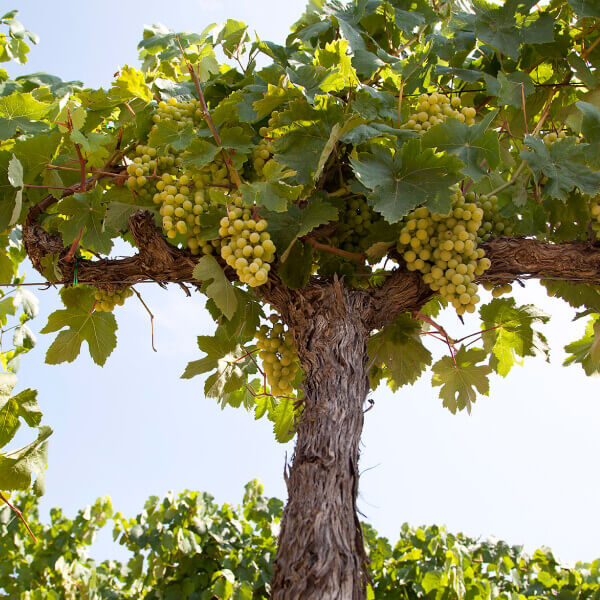

PRESSING
Each grape variety is gently pressed (separately) to yield a maximum of .66 liters per kilo of grapes. It is then cooled and sent to stainless steel tanks.
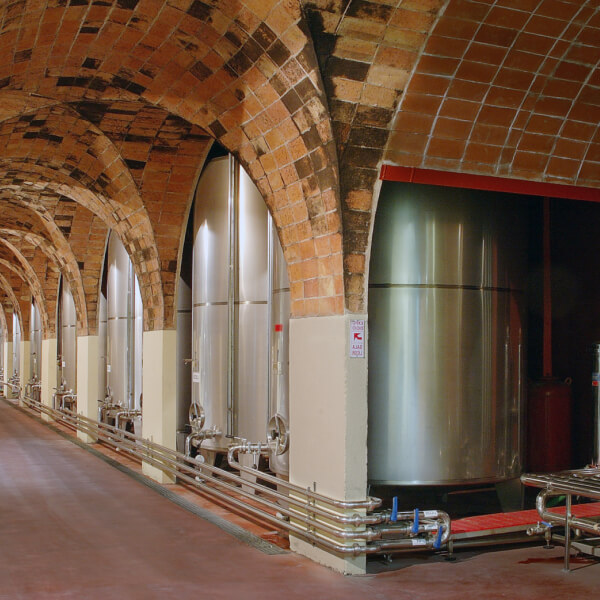

FIRST FERMENTATION (BASE WINE)
Flower must (the juice of the grapes released due to gravity) is used for the first fermentation, separated by variety, and in stainless steel tanks, strained of skins and seeds. At this point, sugar converts into alcohol.
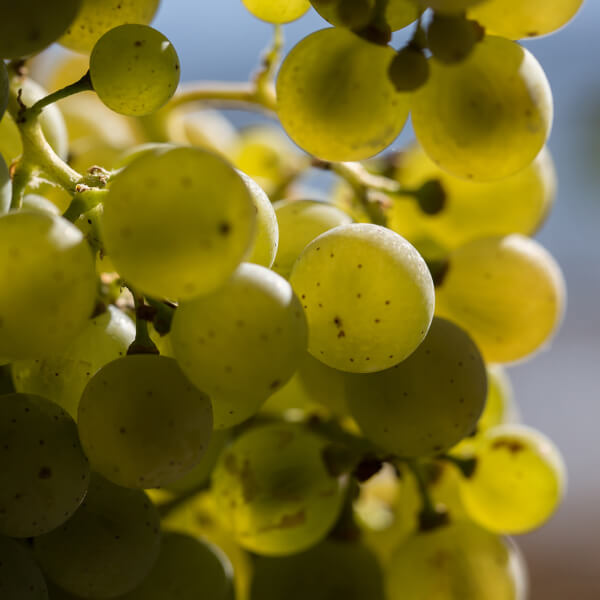

BLENDING
The different base wine varieties are chosen and expertly mixed to create the desired Cava. The resulting wine is clarified and stabilized.
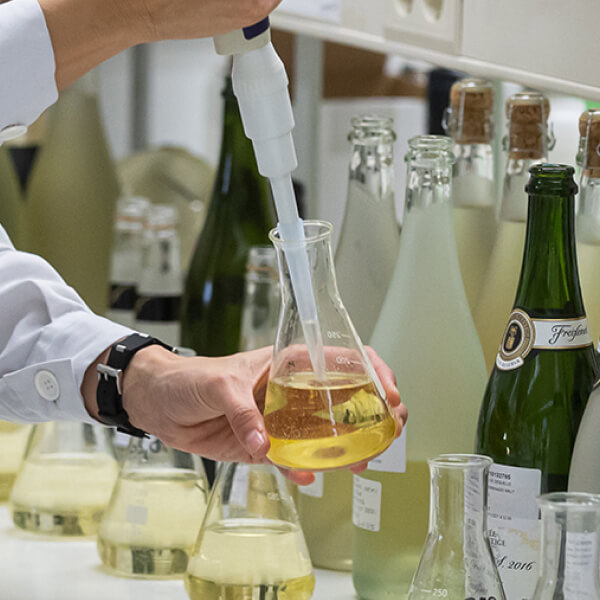

TIRAGE
The base wine blend is bottled and tirage liquor, a mix of yeast and sugar is added to create the second, in-bottle fermentation before the bottle is sealed.
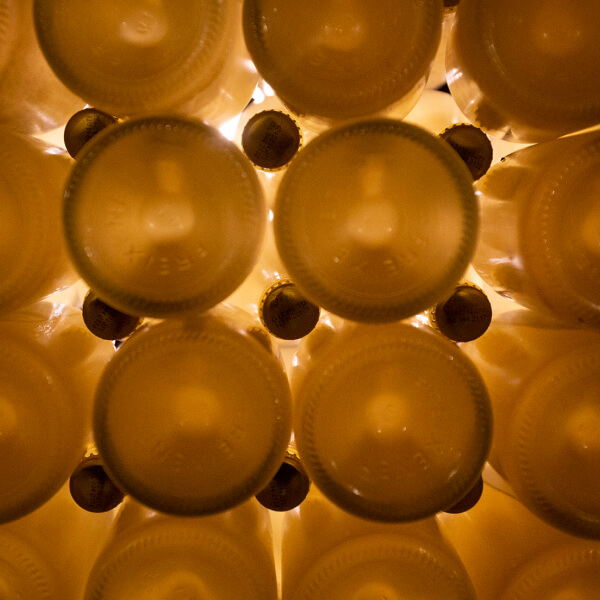

AGING ON THE SECOND FERMENTATION
The bottles are stacked horizontally to age for a minimum of 9 months in the ideal humidity and temperature, and without being disturbed. This is where the carbon dioxide is created and trapped in the bottle, forming bubbles.
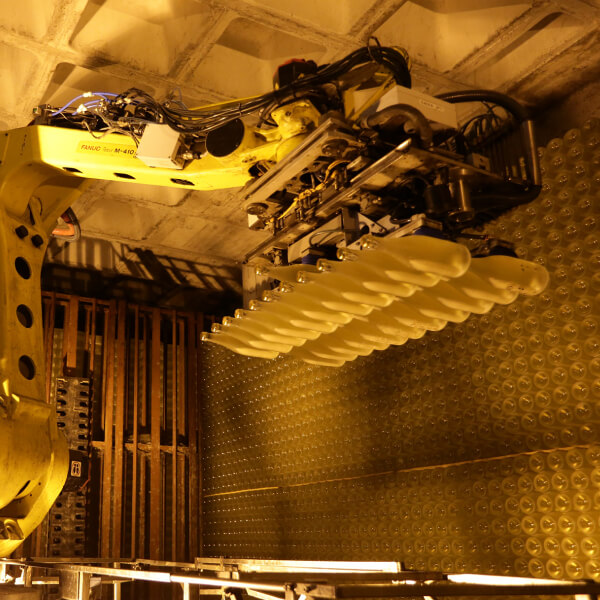

RIDDLING
The bottles are placed on special racks called pupitres. They are repeatedly slightly shaken, turned and replaced on the pupitres at a decreasing angle which pushes the sediment to the bottle neck.
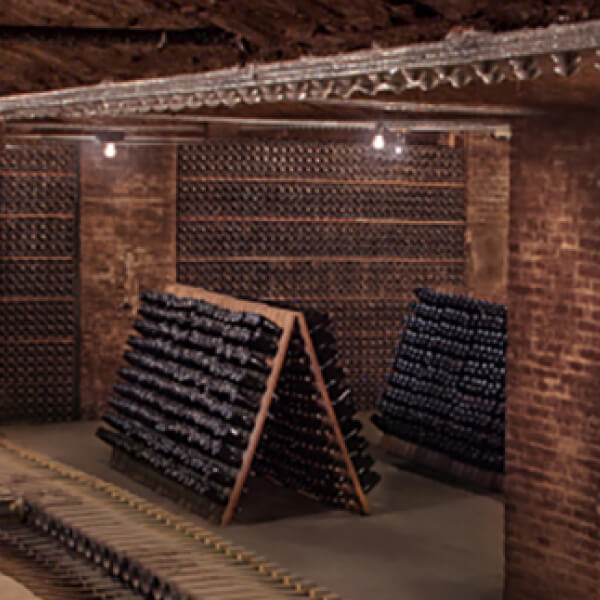

DISGORGEMENT
The sediment is removed, often via freezing the neck of the bottle.
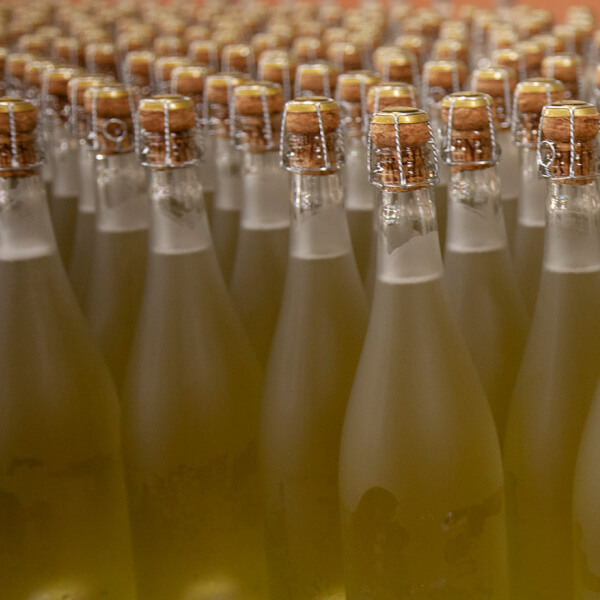

DOSAGE
The bottle is topped up with tirage liquer, comprised of wine and sugar (except in the case of Brut Nature) to replace volume lost to disgorgement.
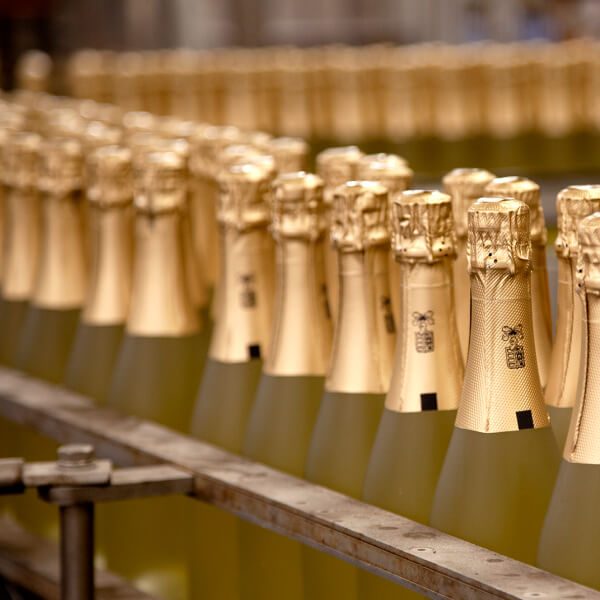

FINISHING TOUCHES
The final cork, crown cap and wire cage are placed, in addition to the foil capsule and bottle label.
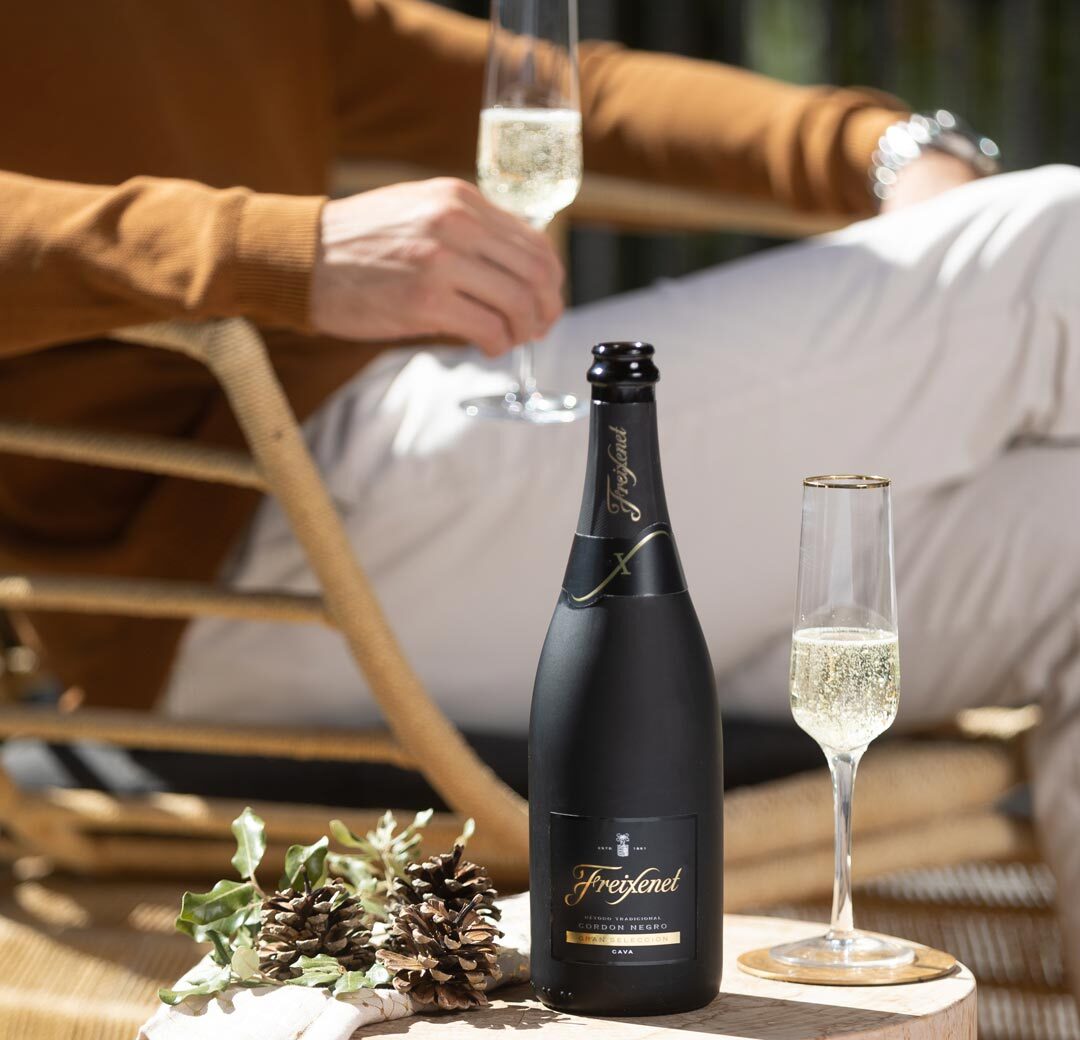
OUR CENTENNIAL CELLARS
Freixenet's cellars were designed and built by Joan Torras and Josep Ros in 1923 in the Catalan modernist style. We believe in traditions and what has worked through decades. Our cellars are located in Sant Sadurní d'Anoia, and updated over time.






